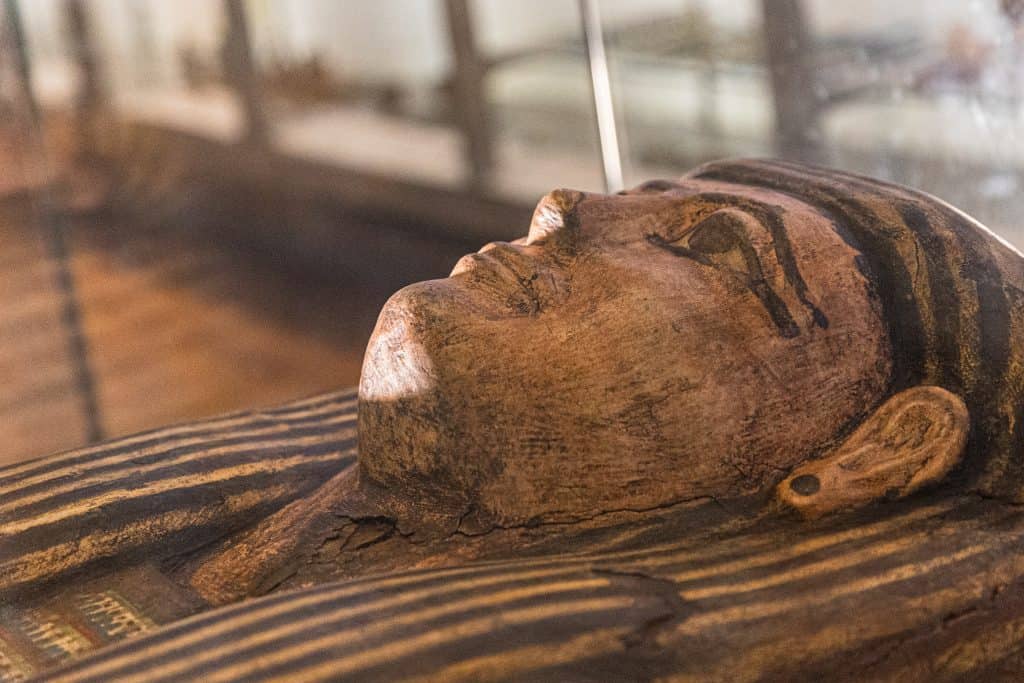
Displaying Asru: A Conversation
An invitation to reflect
For the past two months, we’ve been inviting visitors to share their thoughts and feelings about the future display of Asru, a woman who lived in Egypt around 2,700 years ago.
Asru’s mummified body was unwrapped in Manchester exactly 200 years ago and she is still on display now in your Museum’s Egypt and Sudan Gallery.
This process is not just about changing a label or a case; it’s about rethinking how we care for those who have been entrusted to us, and how we share their stories with respect and sensitivity.
It fits within the wider context of our work to decolonise and Indigenise the collections we care for – being honest about the Museum’s links to the British Empire and the harm caused by collecting practices that relied on a system of violence and oppression.
How we best care for ancestral remains is a critical issue, and one we feel must be addressed with transparency, taking into account the perspectives of communities and visitors.
Who was Asru?
Asru lived in southern Egypt around 2,700 years ago. When she died, the transformative rituals of mummification were performed on her body, which was carefully wrapped in layers of linen cloth and buried into finely decorated wooden coffins. Asru’s mummified body was unwrapped at the Manchester Natural History Society in April 1825.
She has regularly been on display at Manchester Museum for the two centuries since, offering visitors an intimate but not necessarily critical or contextualised view of ancient Egyptian funerary practices. In that time, we have also changed as a museum and are thinking more about colonial histories, representation, and how we care for people, past and present, and our relationships with them.